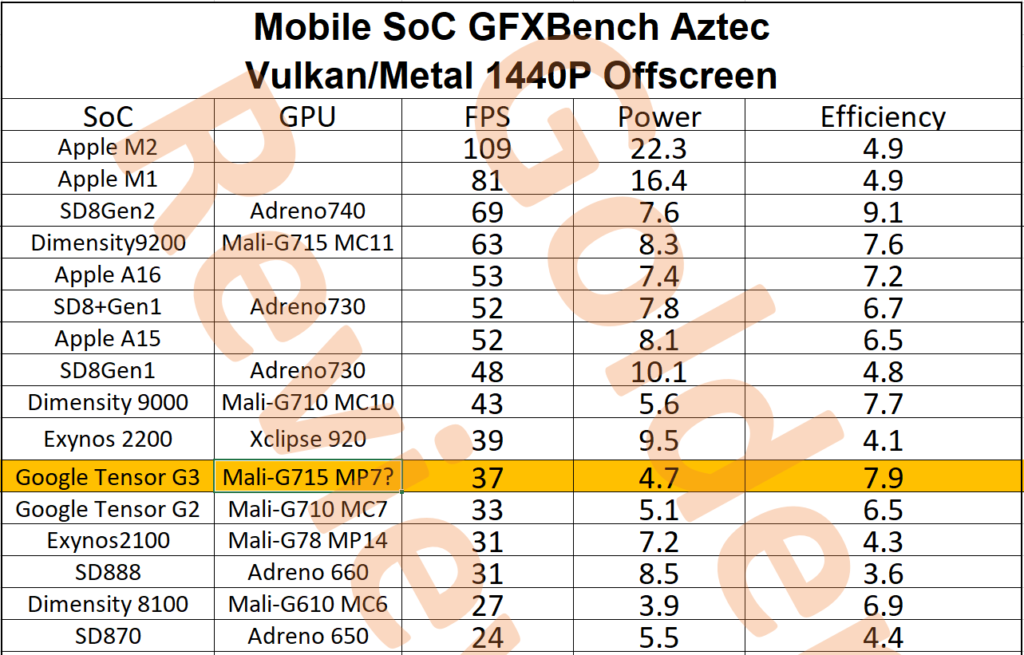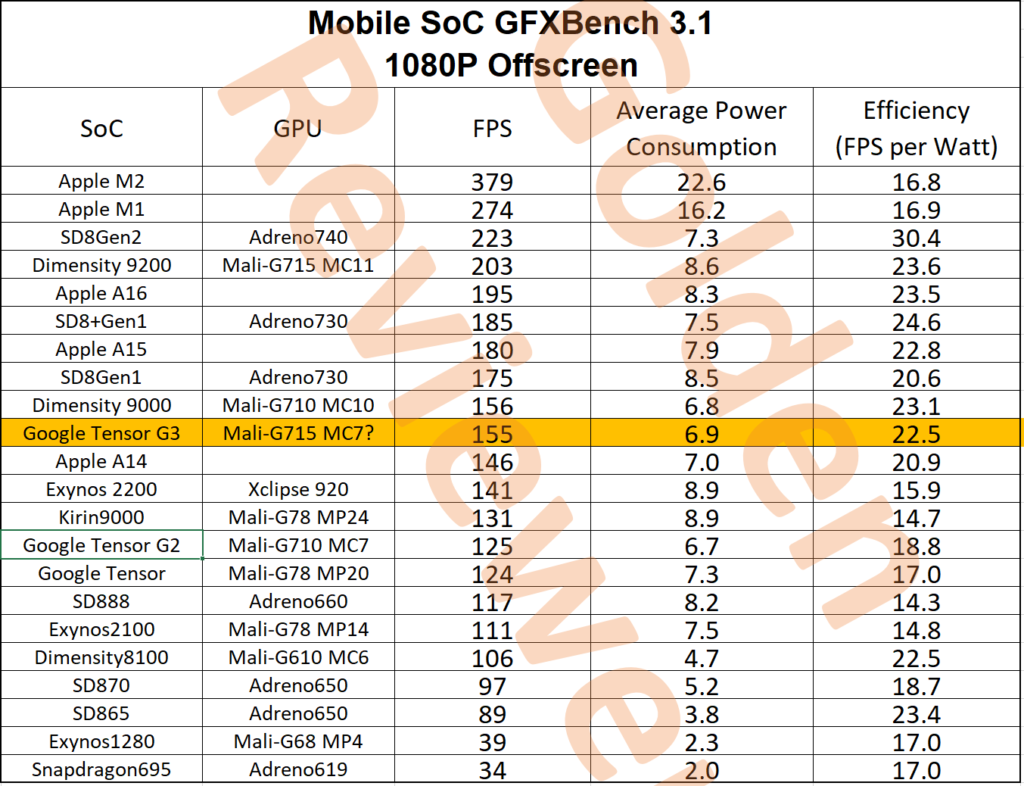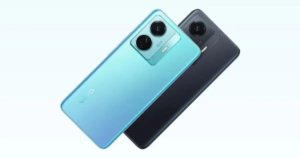In the latest release of the Pixel 8 and Pixel 8 Pro, Google has partnered with Samsung to create the Tensor G3 chipset. This cutting-edge processor, manufactured using Samsung’s 4nm technology, boasts a 9-core CPU comprising 1x Cortex-X3, 4x A715, and 4x A510 cores, along with an ARM Mali-G715 GPU. While Google hasn’t disclosed detailed specifications about this GPU, it appears to feature 7 compute units, similar to its predecessor, the Tensor G2 (equipped with a Mali-G710). Let’s dive into recent tests conducted by Golden Reviewer to assess the efficiency and performance of this GPU.

In-Depth Analysis of GPU Performance and Efficiency
To gauge the performance and efficiency of the Tensor G3 GPU, the tests began with 3DMark Wildlife Extreme. The chips were evaluated based on a score-to-average-power ratio, where higher scores are indicative of better performance. The Tensor G3 didn’t fare exceptionally well in this test. It performed at a level similar to the Apple A14 but lagged behind the Snapdragon 8 Gen 1.

Interestingly, MediaTek’s Dimensity 9200 emerged as the dark horse in these tests. It also employs the Mali-G715 GPU, equipped with 11 compute units, and has been fabricated using a 4nm process by TSMC. The Dimensity outperformed the Tensor G3 by a considerable margin in terms of raw performance. However, when assessing efficiency, it is nearly on par with the Google offering.

Moving on to the GFXBench Aztec test, where Vulkan/Metal back end performance at 1440p offscreen is evaluated, the Dimensity once again demonstrated its superiority by delivering nearly double the frame rate compared to the Tensor G3. However, it also drew nearly double the power, making them roughly equivalent in terms of efficiency.
In this test, it’s somewhat disappointing to note that the Tensor G3 is only marginally better than its predecessor, the G2. The performance gap observed in the Wildlife test was far more significant.
Finally, another GFXBench test (v3.1) conducted at 1080p resolution indicated a smaller performance gap between the Google chip and the MediaTek Dimensity. However, when accounting for power consumption, both chipsets were found to be roughly equivalent in efficiency.
In conclusion, while the Tensor G3 GPU in the Google Pixel 8 demonstrates moderate performance, it showcases decent efficiency. These findings underscore the importance of considering not only raw performance but also the balance between power consumption and performance, ensuring a well-rounded user experience.
For consumers seeking the best combination of GPU power and energy efficiency, this test suggests that the MediaTek Dimensity 9200 could be a compelling alternative. However, the overall user experience will depend on the broader capabilities and optimizations of the respective devices.


